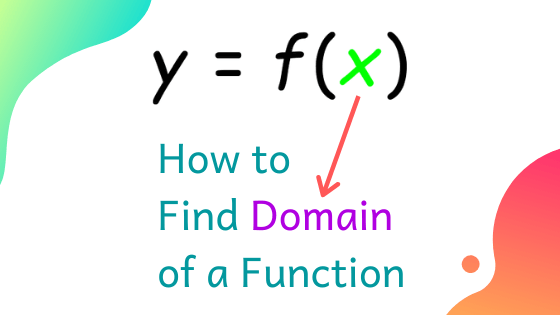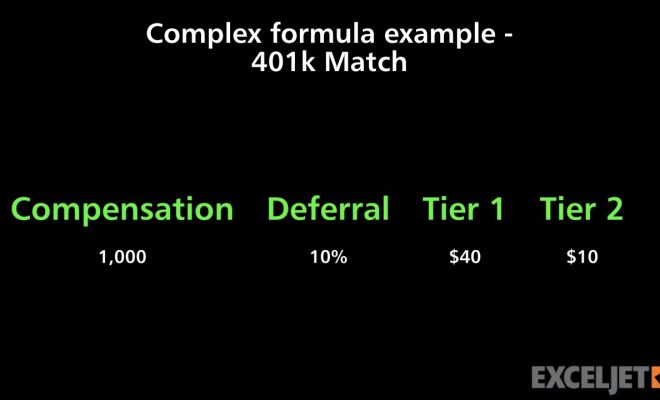How to calculate domain

Understanding the concept of the domain is crucial for anyone who deals with mathematical functions or works in the field of computer science. The domain of a function is simply the set of possible input values for which the function is defined. In other words, it represents all allowable values of the independent variable (often denoted by x) that can be applied to a given function. Calculating the domain may seem like a daunting task at first, but with some practice and understanding, it becomes relatively easy. In this article, we will discuss different methods to calculate the domain of various types of functions.
1. Polynomial Functions
Polynomial functions are generally defined as a_nx^n + a_(n-1)x^(n-1) + … + a_1x + a_0, where n is a non-negative integer and a_i are constants. The domain for these functions includes all real numbers (-∞ to +∞). This is because you can substitute any real number into a polynomial function without causing any issues such as division by zero or taking square roots of negative numbers.
2. Rational Functions
Rational functions are defined as ratios of two polynomial functions: f(x) = P(x)/Q(x). To calculate the domain for rational functions, first find when the denominator Q(x) equals zero because division by zero is not valid in mathematics. Then exclude those values from your domain since they cause undefined expressions.
3. Radical Functions
Radical functions are also known as root functions and usually involve square roots, cube roots, or other similar operations on one or more variables. For these functions, you need to ensure that the expression inside the root should either be positive (for even-root functions like square roots) or any real number (including all positives and negatives for odd-root functions). So, depending on your specific function’s inner expression values, you’ll calculate the domain accordingly.
4. Trigonometric Functions
For computing the domain of trigonometric functions, such as sine, cosine, and tangent, keep in mind that these functions are periodic in nature and repeat their values at specific intervals. The primary consideration here is to avoid undefined situations arising due to division by zero or taking the inverse of non-existent functions.
5. Logarithmic and Exponential Functions
Logarithmic (e.g., log(x)) and exponential (e.g., e^x) functions have domains constrained by their properties. For logarithmic functions, the domain will only include positive real numbers greater than zero (x > 0) since the logarithm of a non-positive number is undefined. On the other hand, exponential functions like f(x) = e^x have a domain of all real numbers because any real number exponent can be applied without restrictions.
Conclusion
In summary, calculating the domain of a function is a crucial process that depends on understanding the function’s type and identifying any limitations or restrictions imposed upon its input values. Regular practice will help you gain proficiency in this area and boost your ability to work with various mathematical and computer science problems that rely on determining domains.






